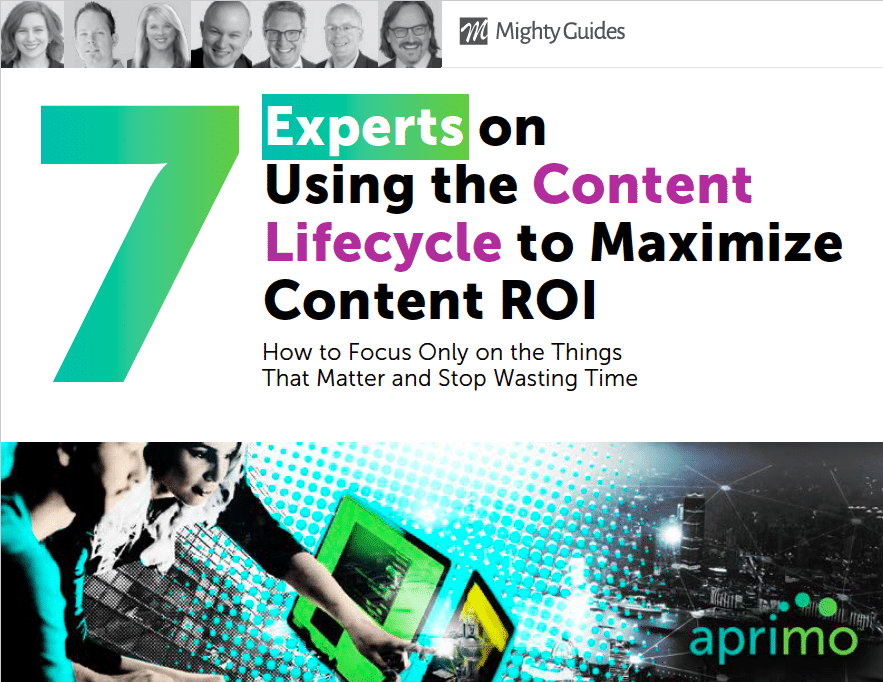
Carla Johnson , Author. Speaker. Storyteller.
“Planning involves thinking about what you want to accomplish before you make decisions about format. You first have to really understand what audience you are targeting and what you want them to do.”
Planning also involves thinking more about format, which requires really understanding what audience you are targeting and what you want them to do. Again, this goes back to your original objectives. There’s a linear decision process about getting to format, but many marketers jump to the format before they understand what they’re trying to accomplish. Once they understand audiences and audience priorities, that dictates format. Defaulting to format too early in the process results in teams doing what they’ve always done because that’s what they know.
Another important part of planning is deciding what to measure to determine if the content is working. There are many things you can measure. The metrics you select depend on what part of the funnel and customer journey that content is targeting. As you think about what you are measuring, you also need to maintain that agile mindset of creating and adjusting.
Unfortunately, 70% of all content that’s created for sales is never even used. A big part of that is because marketers default to the formats they’ve always used. Developing inspired content that serves the objectives requires spending more time up front getting the ideas and planning right. Doing that ensures the content you do create is better quality and someone will actually use it.



